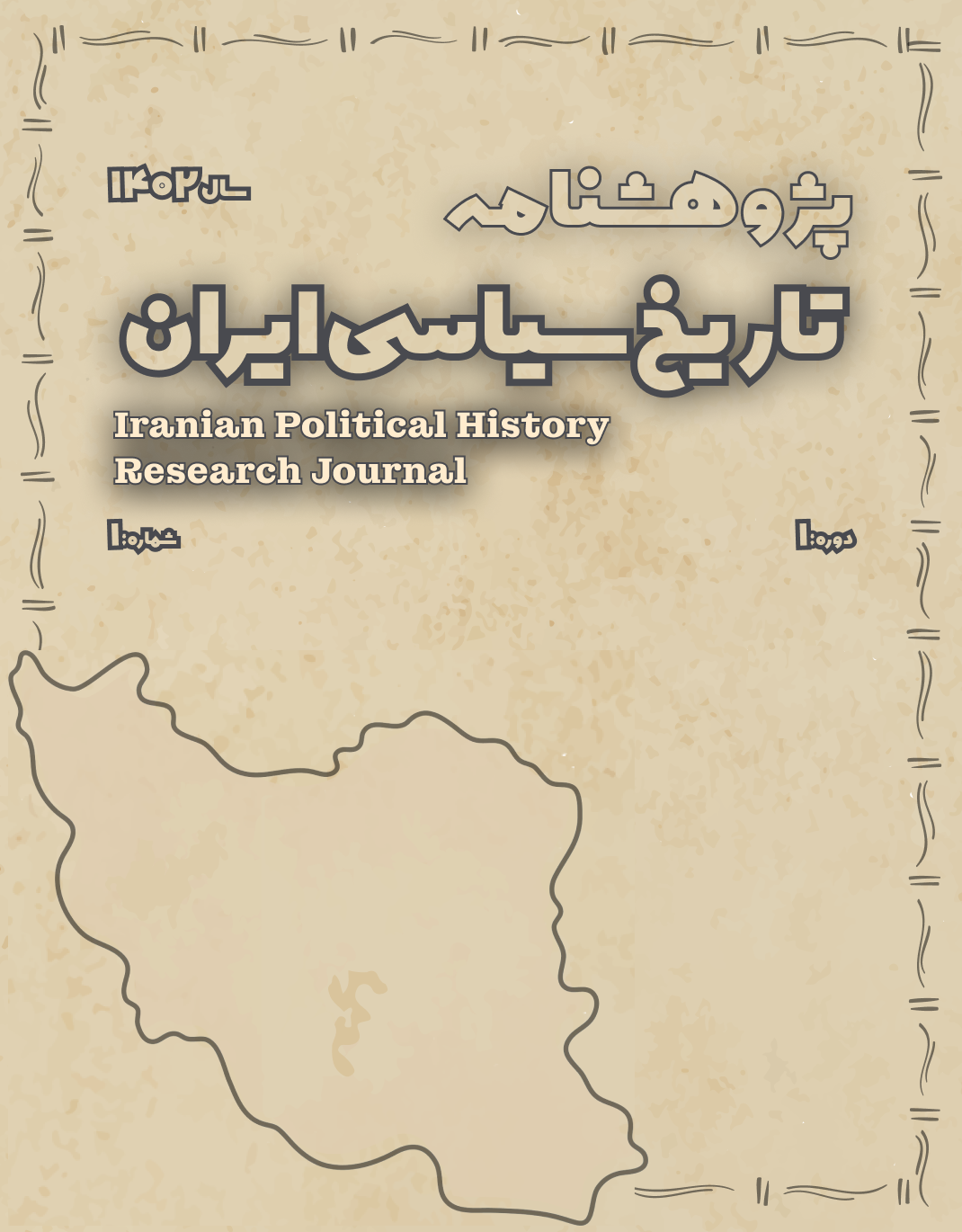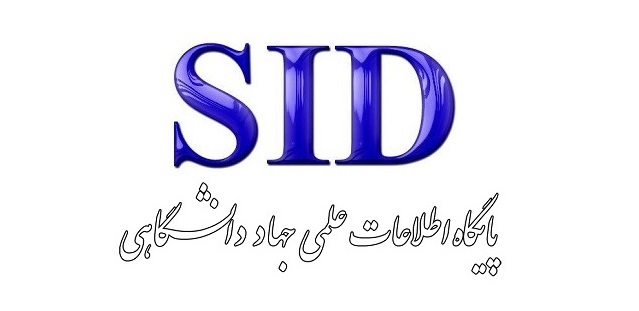تحلیل سیاست سرکوب و کنترل مطبوعات در دوران محمدرضا پهلوی: مطالعهای تطبیقی بین دهه ۲۰ و ۴۰
کلمات کلیدی:
سانسور, مطبوعات وابسته, ساواک, هژمونی فرهنگی, گفتمان رسمی, محمدرضا پهلوی, جنگ سرد, رسانه و قدرتچکیده
مقاله حاضر به بررسی تطبیقی سیاستهای کنترل و سرکوب مطبوعات در دوران حکومت محمدرضا پهلوی، با تمرکز بر دو دههی مهم ۱۳۲۰ و ۱۳۴۰ میپردازد. این مطالعه با بهرهگیری از رویکرد تاریخی–تحلیلی و چارچوب نظری برگرفته از آرای گرامشی، آلتوسر و چامسکی، تلاش دارد تا تحول در شیوههای اعمال قدرت رسانهای و مهندسی افکار عمومی در این دورهها را واکاوی کند. یافتههای پژوهش نشان میدهد که در دهه ۱۳۲۰، بهواسطهی تضعیف ساختار اقتدار مرکزی پس از سقوط رضاشاه و تنوع نیروهای سیاسی داخلی و خارجی، فضای مطبوعاتی نسبتاً آزادی شکل گرفت که امکان رشد رسانههای حزبی و مستقل را فراهم آورد. اما در دهه ۱۳۴۰، با تثبیت ساختار اقتدارگرایانه سلطنت، تقویت ساواک و تغییر راهبردهای مشروعسازی، فضای رسانهای ایران بهشدت کنترل شد و مطبوعات به ابزارهایی وابسته برای تبلیغ گفتمان رسمی حکومت بدل شدند. در این دهه، ابزارهای کنترلی نهفقط امنیتی و قضایی، بلکه اقتصادی و گفتمانی نیز بودند، و سانسور در قالب نوسازی، ثبات سیاسی و مبارزه با نفوذ خارجی توجیه میشد. تحلیل نهایی پژوهش نشان میدهد که این سیاستها، اگرچه در کوتاهمدت به انسجام گفتمان قدرت انجامیدند، در بلندمدت موجب افول مشروعیت، افزایش بیاعتمادی عمومی، و ناتوانی ساختار سیاسی در اصلاح درونی شدند. نتیجه آنکه مطبوعات آزاد نهتنها عامل شفافیت و مشارکت سیاسیاند، بلکه نقش حیاتی در حفظ سلامت فضای عمومی و جلوگیری از فروپاشی مشروعیت ایفا میکنند. مقاله همچنین بر ضرورت بازاندیشی در تاریخ سانسور رسانهای در ایران و نیاز به پژوهشهای تطبیقی و بینرشتهای تأکید دارد.
دانلودها
مراجع
Abrahamian, E. (1982). Iran between two revolutions. Princeton University Press.
Chehabi, H. E. (1990). Iranian politics and religious modernism: The Liberation Movement of Iran under the Shah and Khomeini. Cornell University Press.
Chomsky, N., & Herman, E. S. (1988). Manufacturing consent: The political economy of the mass media. Pantheon Books.
Habermas, J. (1989). The structural transformation of the public sphere: An inquiry into a category of bourgeois society. MIT Press.
Milani, A. (2008). Eminent Persians: The men and women who made modern Iran, 1941–1979. Syracuse University Press.
Sreberny, A., & Mohammadi, A. (1994). Small media, big revolution: Communication, culture, and the Iranian revolution. University of Minnesota Press.
Talouei, M. (1999). The Press in Iran: From Qajar to Pahlavi. Tehran: Etelaat Publications.









